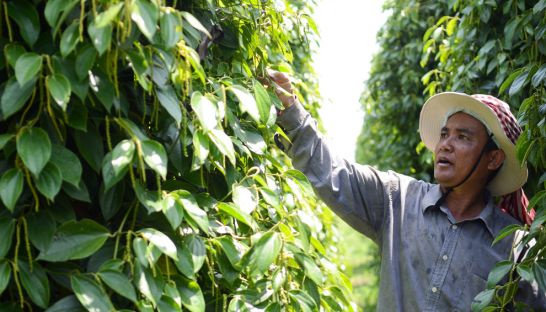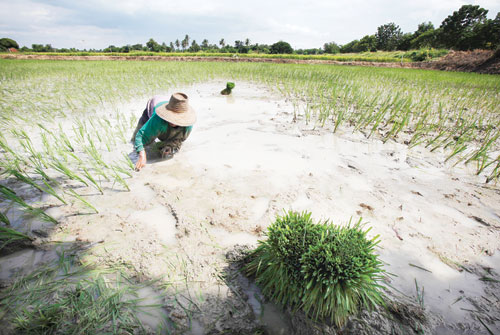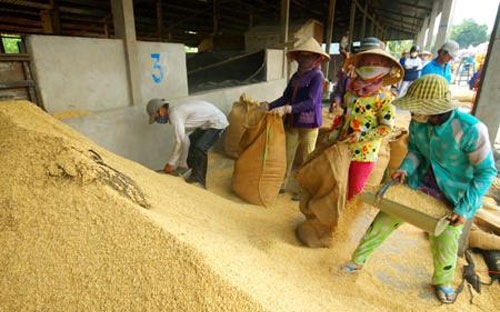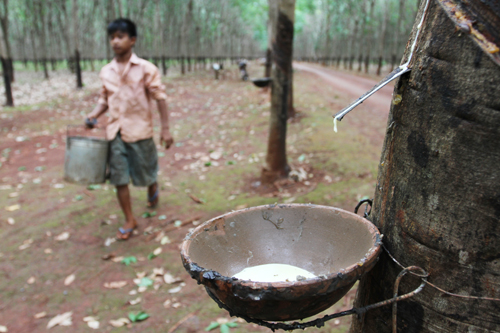Kampot pepper demand dips
Kampot pepper demand dips
SALES of Cambodia’s World Trade Organization-certified pepper from Kampot province fell to 21 tonnes at the end of this year’s harvest season, a slight decline from 22 tonnes after the end of last year’s season.

The lower sales occurred because of a lack of quality output.
Nguon Lay, president of the Kampot Pepper Association, said fast-changing weather, not demand, led to the smaller harvest of crops that qualified for the WTO’s Geographical Indication (GI) status.
The status implies certain minimum standards, including the and colour of the crops.
“The weather has changed so fast, sometimes it’s hot, sometimes dry, or it changes to rain immediately,” Lay said. “These are the factors hurting the crop features [that are decisive] to reach standard requirements.”
He added that since the pepper received the GI certificate in 2010 demand has been increasing annually.
But there is not enough production to meet the levels of demand.
The harvest season for Kampot
GI pepper runs from January 1 to May 31, and this year it was harvested on an area of 12.5 hectares.
With unique soil and ideal weather conditions for growing pepper, farmers in six districts of Kampot province can produce black, red and white pepper. Black pepper costs $11 per kilogram, red sells at $15, and white pepper costs $18.
The bad news comes after an otherwise good run for the province’s pepper. Him Anna, a member of one of the 153 pepper-growing families that make up the Kampot Pepper Promotion Association, said that in the first years of exporting she could only sell few a hundred kilos per year, but that has increased to six tonnes this year.
“The export quantity would be much higher if we had enough pepper to supply,” Anna said. “Along with rising orders from abroad, it’s a sure sign that Kampot pepper is becoming an essential crop to improve farmers’ livelihood.”
Responding to the raising demand of Kampot pepper in the market, Nguon Lay said his association is trying to expand production.
Although the pepper-planted area has increased from 20 hectares in 2012 to 41 hectares in 2013, the actual harvested area is still 12.5 hectares. The newly planted area needs two years to be ready for harvest.
phnompenh post


















